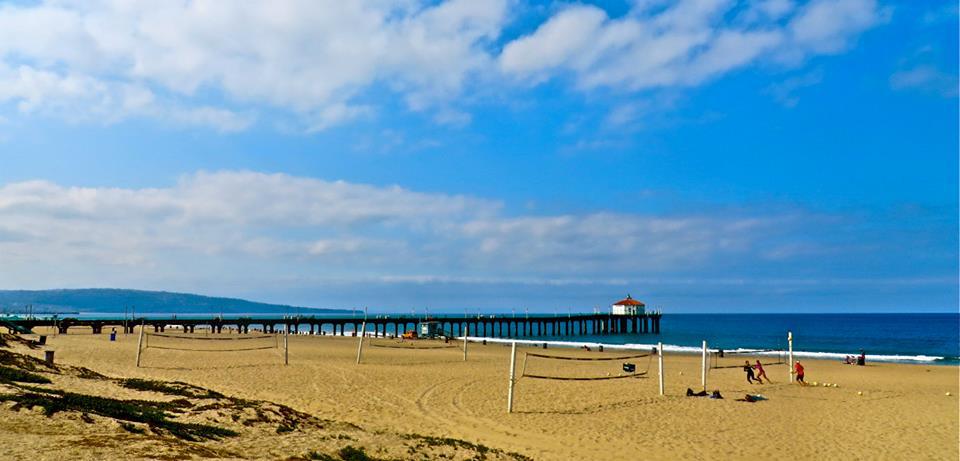Here’s an Idea that Gets a Two-fer, California
California’s independent and non-partisan Legislative Analyst’s Office (LAO) has released a detailed report on ways the billions of dollars collected from Cap and Trade auctions might be better spent. Noting that spending on measures that reduce California emissions are likely not necessary to meet statutory goals, LAO nevertheless raises the specter that some additional flexibility is needed to meet Legislative priorities. This is important in itself, as many have concluded that ONLY greenhouse gas emission control was a legislative priority.
“Spending auction revenue on GHG reductions is likely not necessary to meet the state’s GHG goals, and likely increases the overall costs of emission reduction activities,” the LAO said. “Second, the requirement to spend on GHG reductions limits the Legislature’s flexibility to use the revenue in ways that could achieve other goals,” the LAO added.
Under AB32, California Global Warming Solutions Act, the cap-and-trade program to reduce greenhouse gas (GHG) emissions by 2020 has two major components: (1) the regulation and (2) auction revenue. The relationship between these two components is complex, from both a policy and legal perspective. From a policy standpoint, the regulation is intended to ensure the state meets its GHG goals and provide an incentive for cost-effective emission reductions. It also should not cause–through ‘leakage’ — emissions to increase elsewhere—canceling out any small global benefit from reductions in California.
The state can, currently, only spend auction revenue on activities that facilitate GHG reductions. However, this requirement creates some significant policy challenges and an opportunity. The auction is an implicit tax on production, reducing California’s competitiveness. Second, the requirement to spend on GHG reductions limits the Legislature’s flexibility to use the revenue in a ways that could achieve other goals. In light of these challenges, LAO present alternative strategies designed to help the Legislature promote its priorities more efficiently under two alternative scenarios:
Strategies that can be utilized under the existing legal framwork include (1) targeting uncapped emission sources, (2) targeting cost-effective emission reduction activities, (3) prioritizing other legislative goals, and (4) offsetting other state spending. Each of these strategies would help promote different legislative priorities and present different levels of legal risk. The opportunity comes from one strategy that should pose little legal risk, to promote, rather than discourage, California manufacturing and agriculture production. The other option prided by LAO would convert and treat the cap and trade program more explicitly as a tax, requiring a 2/3rds vote.
What would increased California manufacturing and agriculture do for global emissions of greenhouse gasses? Contrary to popular wisdom, it would most likely reduce global emissions. Oh, and it would help our dismal unemployment and poverty rates.
From 2000 to 2010, the carbon dioxide intensity of the U.S. economy—measured as metric tons carbon dioxide equivalent (MTCO2e) emitted per million dollars of gross domestic product (GDP) — improved by over 17 percent or 1.7 percent per year. Improvements occurred even in years of economic growth, not just recession.
In a late 2007 Report by the Congressional Research Service, the various states were compared on both total GHG emissions and by GHG emissions intensity. California is better on average than the rest of the country. Naturally, as the eighth or ninth largest global economy (albeit falling from 5th or 6th in 1990) the TOTAL emissions for California ranked second highest (worst) nationally but second LOWEST (best) in intensity. California’s emissions intensity may be a beacon to other states and countries, but implementing Cap and Trade, and more generally AB32, will increase global emissions, by forcing businesses, manufacturing, and even agriculture out of state, where emissions intensities are much worse, leading to emissions “leakage.”
Under cap and trade, California will simply import more goods we used to make and grow—cement from Arizona, food from South America, high tech devices from Asia– with a net increase in global emissions.
We ought to be encouraging production and take advantage of our better performance. Targeting those billions of dollars towards improved trade would go a long way to correct the backwards approach of CARB. Better yet, remove the cap and trade burden altogether, as it is all pain and no gain.







